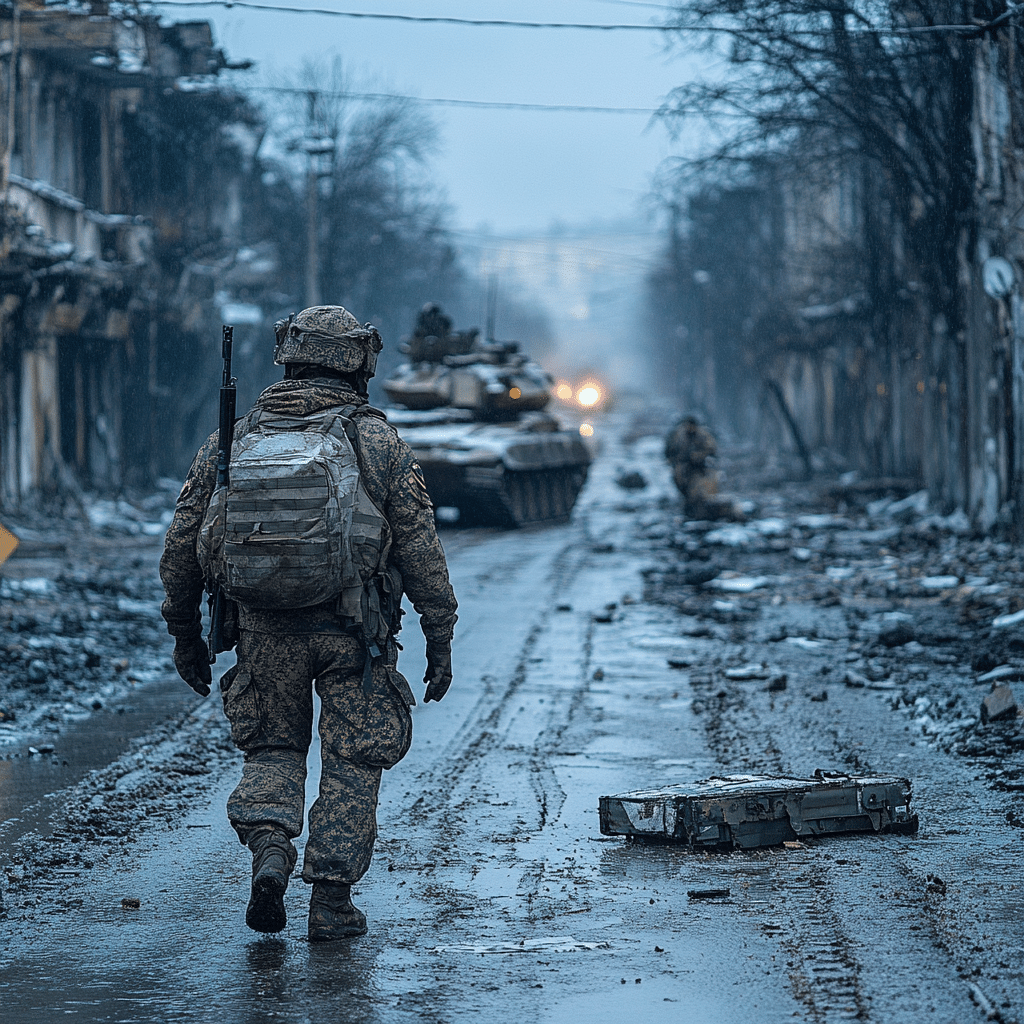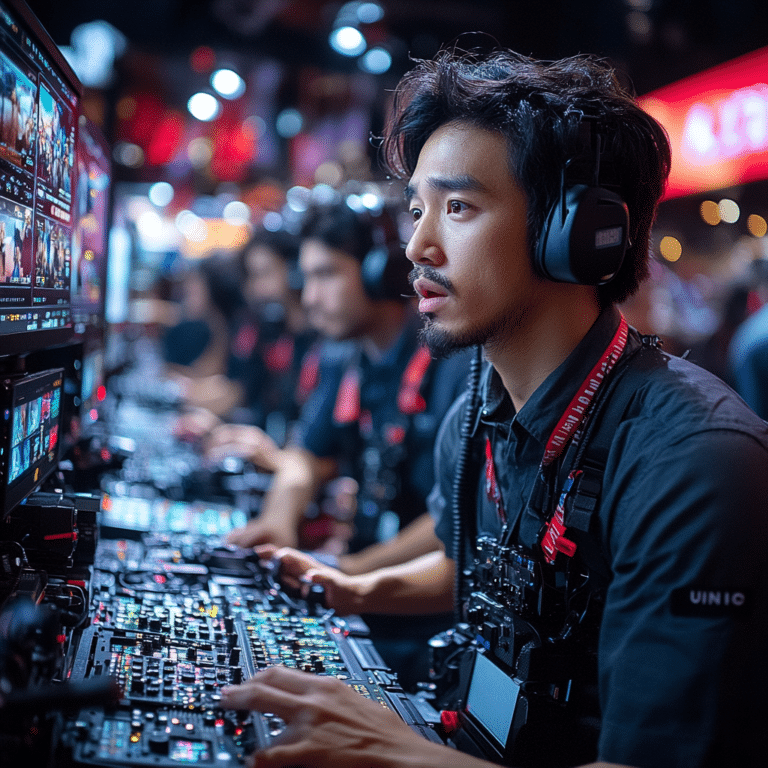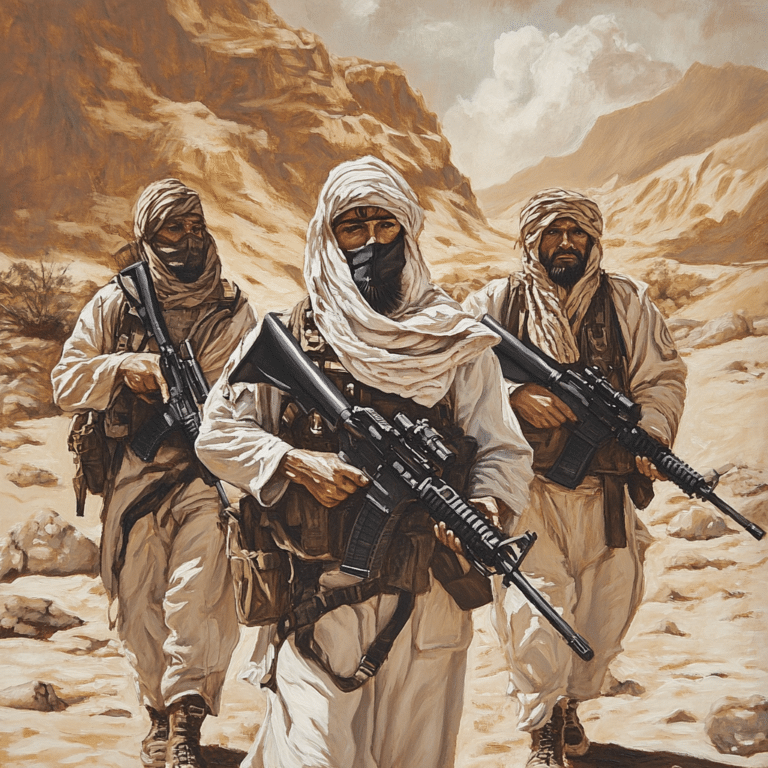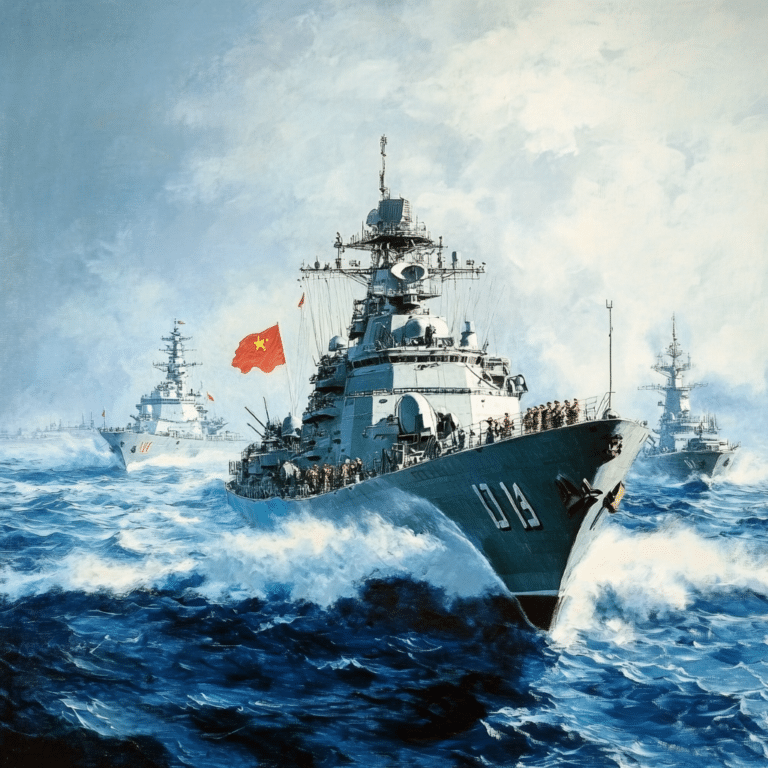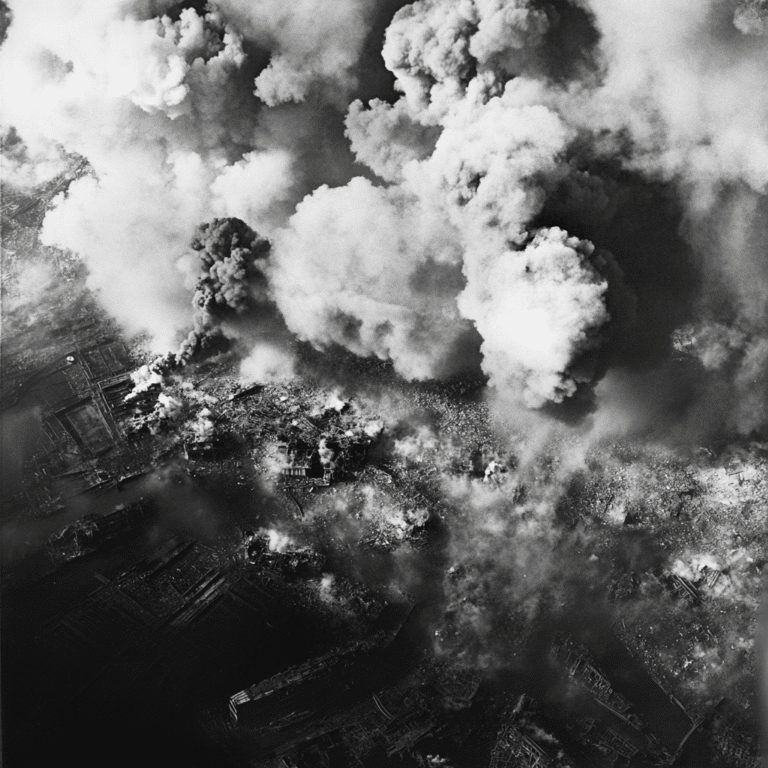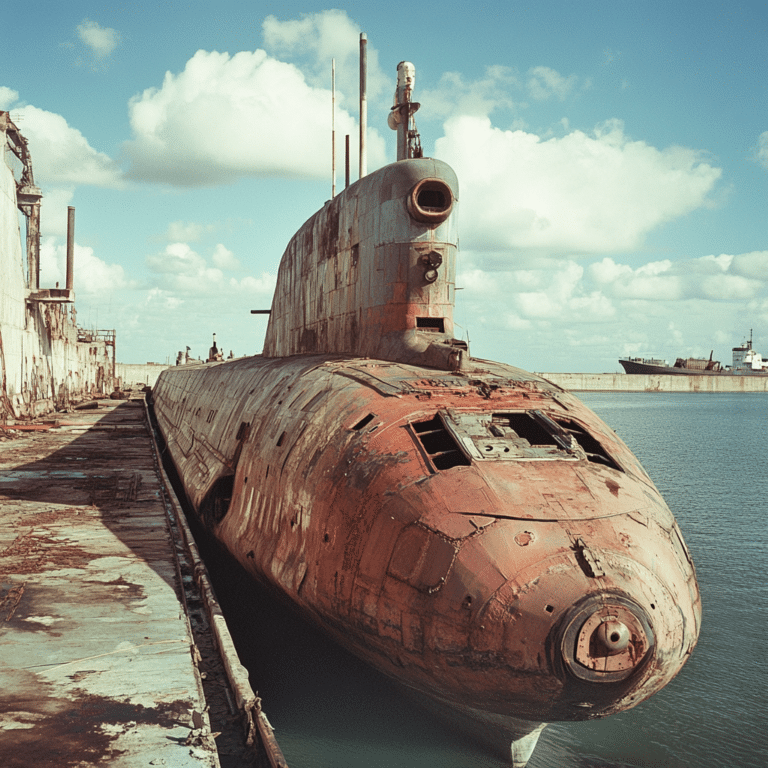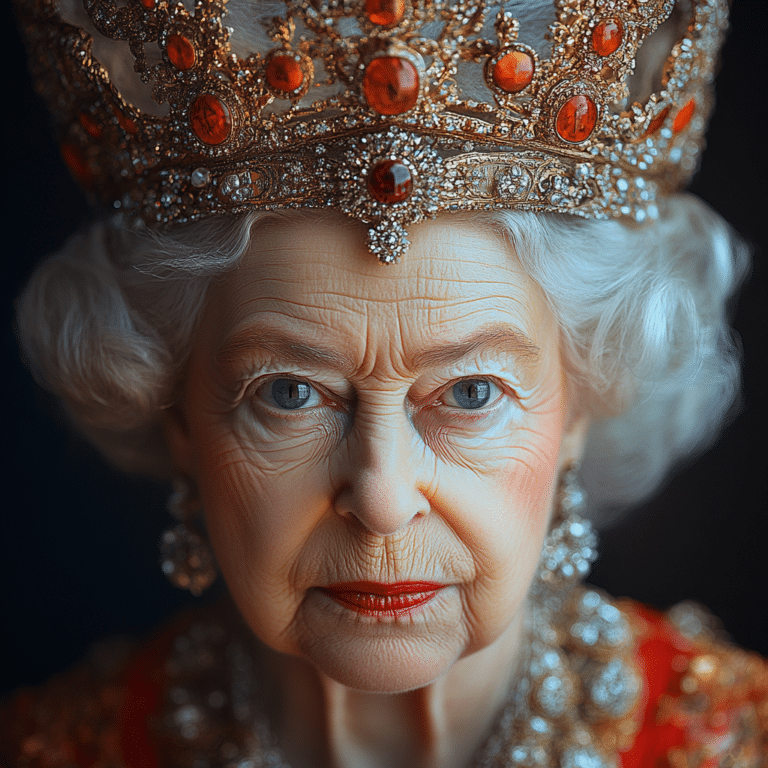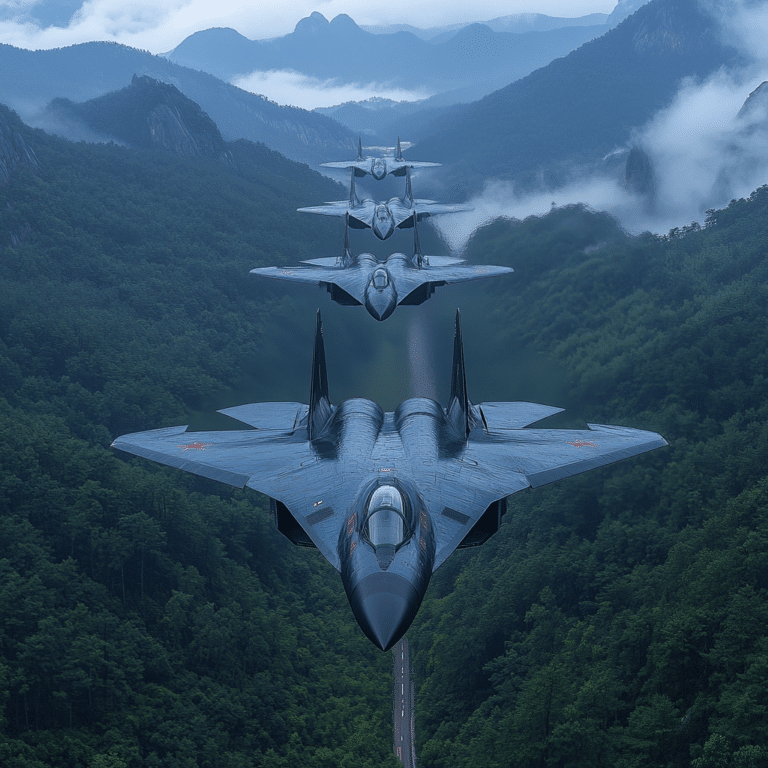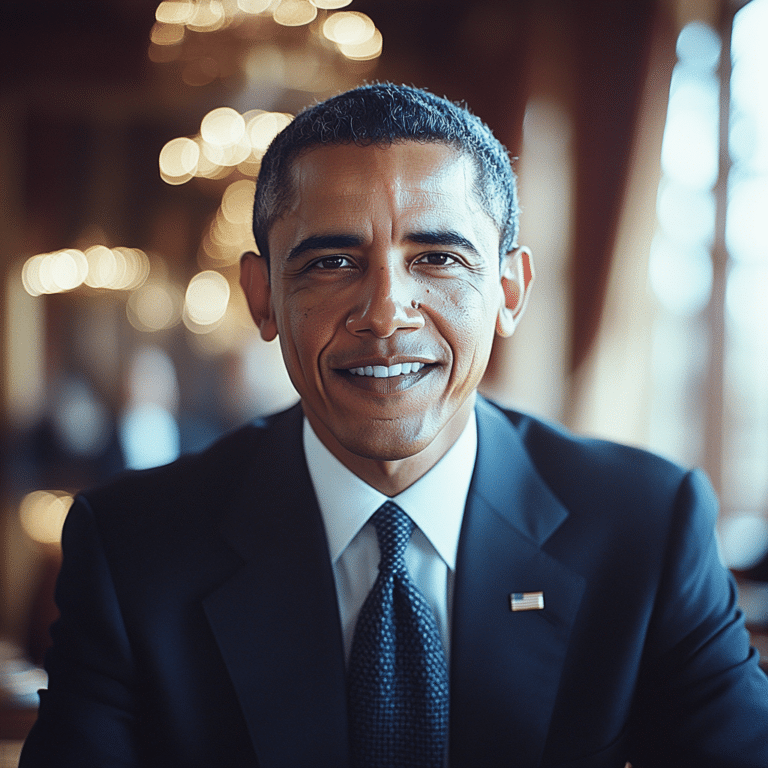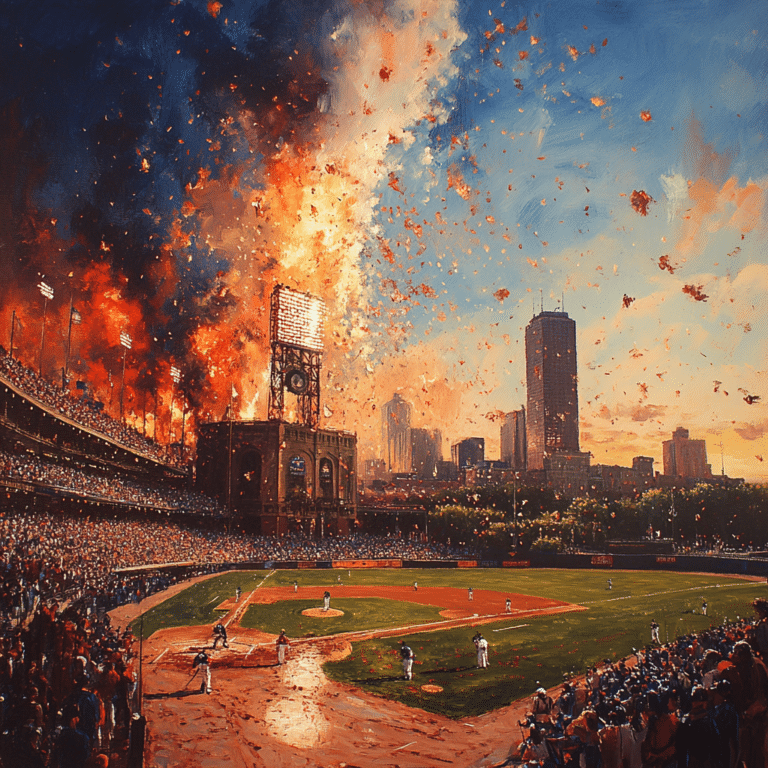War In Ukraine Update: Critical Military Imbalances Revealed
As we step into 2024, the war in Ukraine continues to unfold with devastating implications. The critical military imbalances between Ukrainian and Russian forces are more pronounced than ever, shaping the battlefield dynamics. Understanding these disparities is essential, both to grasp the current situation and to anticipate the potential outcomes of this enduring conflict. The numbers tell a stark story: analysts estimate approximately one million military personnel in the Ukrainian army compared to a staggering 2.4 million in the Russian military. Given that Ukrainian commanders rate the combatant ratio at 10 to 1 in favor of Russia, it’s clear that we’re not just watching a fight but witnessing a brutal struggle for survival.
1. The Current Landscape of Military Resources
Personnel Strength and Morale
It’s no secret that a robust military relies heavily on personnel strength and morale. The Ukrainian forces, while fiercely committed, face a sheer numerical disadvantage. Troop numbers are the most glaring issue; having around one million soldiers means the Ukrainian army is stretched, especially when combating an adversary with a significantly larger force.
Morale plays a crucial role in sustaining troops during tough times. The spirit among Ukrainian soldiers remains commendable, bolstered by the international support they’ve received. However, the stark reality of being heavily outnumbered can weigh on any military operation, emphasizing the need for strategic and tactical ingenuity.
Weaponry and Technology
As we delve into weaponry, the landscape shows a significant divide. Western military aid, particularly systems like the HIMARS rocket systems, has been a game-changer for Ukraine. These state-of-the-art systems allow for precision strikes, enabling Ukrainian forces to perform surprisingly well despite their disadvantage.
On the flip side, Russia hasn’t been twiddling its thumbs. They’ve introduced advanced aerial technologies, such as the Su-57 fighter jet, which pose serious threats to the Ukrainian air defense. The juxtaposition of Western support and Russian advancements illustrates a titanic clash of firepower.
Supply Chain and Logistics
Logistical capabilities often dictate the winners and losers in warfare. Ukraine has made notable strides in improving its supply chain, primarily through NATO assistance. Efficient supply lines ensure that their forces remain well-equipped and operational.
Meanwhile, Russian forces are hindered by the heavy sanctions imposed on them. Not only have these sanctions restricted access to crucial supplies, but internal logistics remain cumbersome. This paradox of efficiency for Ukraine and stagnation for Russia accentuates the shifting tides of the war.
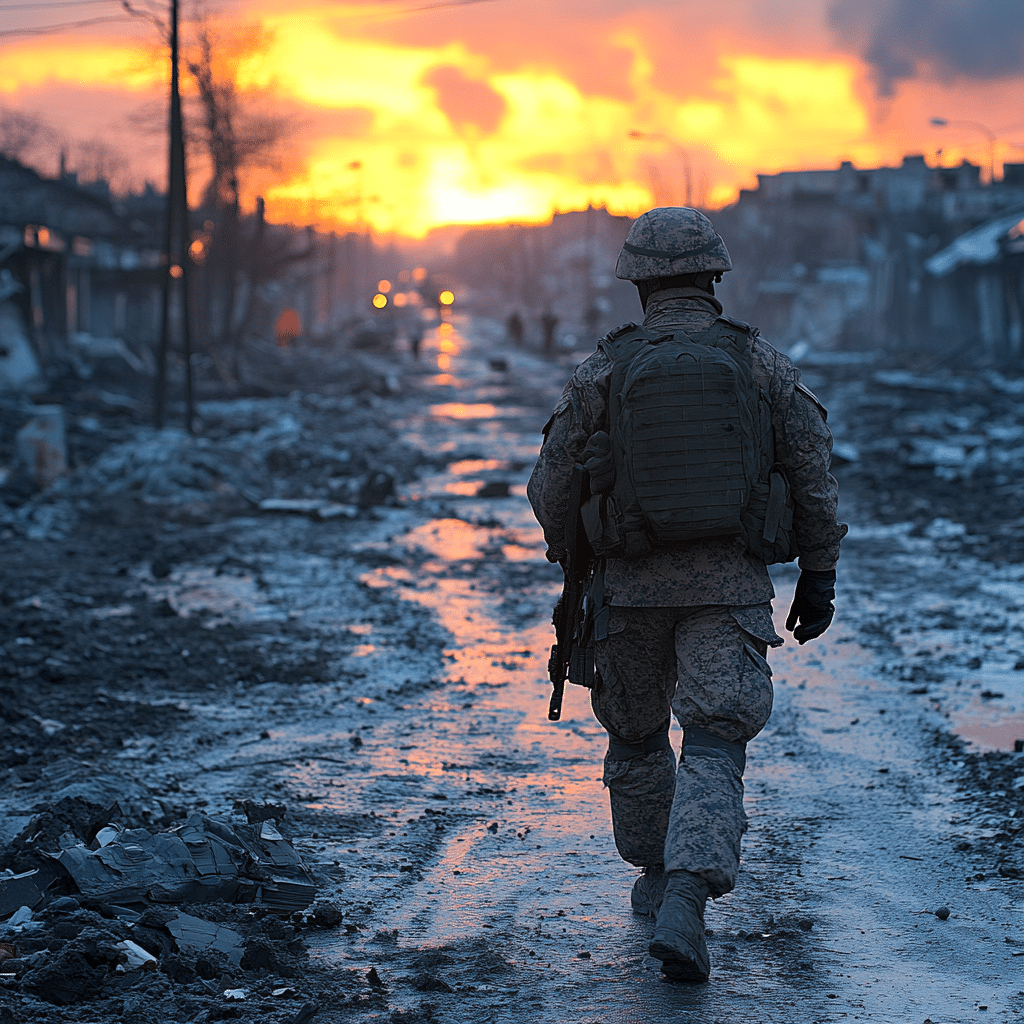
2. External Influences on the War Effort
International Support for Ukraine
The international landscape has played a pivotal role in the ongoing conflict. The U.S. has continually provided substantial aid, enabling Ukraine to stand firm against the Russian onslaught. Recent aid packages include not only weaponry but also financial support earmarked for military and humanitarian needs.
European nations are equally committed, supplying everything from ammunition to crucial military equipment. This broad coalition highlights a concerted effort to curtail Russian aggression, emphasizing a collective stance against tyranny.
Russia’s Strategic Partnerships
In stark contrast, Russia has sought alliances with notable players on the global stage. China and Iran have cemented their support for Russia’s military endeavors, facilitating access to critical resources. These partnerships complicate the balance of power, granting Russia a lifeline amid isolation from the West.
The implications of these alliances extend beyond the battlefield. They bolster Russian morale while potentially emboldening their military tactics, creating an unsettling dynamic within the already volatile region.
3. Drawing Parallels: War in Ukraine and Israel-Palestine Conflict Explained
Military Strategies in Urban Warfare
A fascinating comparison can be drawn between Ukraine’s battles and the ongoing Israel-Palestine conflict. Both regions have urban warfare as a critical component of their military strategies. Ukraine’s adaptability in urban combat is matched only by Israel’s tactics in Gaza.
Both countries have had to innovate, taking into consideration civilian safety while executing military operations. The urban environment amplifies challenges, creating intricate combat scenarios where every decision could mean life or death.
Public Support and Propaganda
The role of media in both conflicts cannot be overstated. Public perception is a powerful weapon. In Ukraine, Western media narratives often galvanize support, while the Israel-Palestine situation faces a more complex representation.
Misinformation has become a double-edged sword. It diverts crucial narratives while instilling fear, affecting public sentiment on both sides. Understanding these narratives is essential in assessing the conflicts’ broader implications.
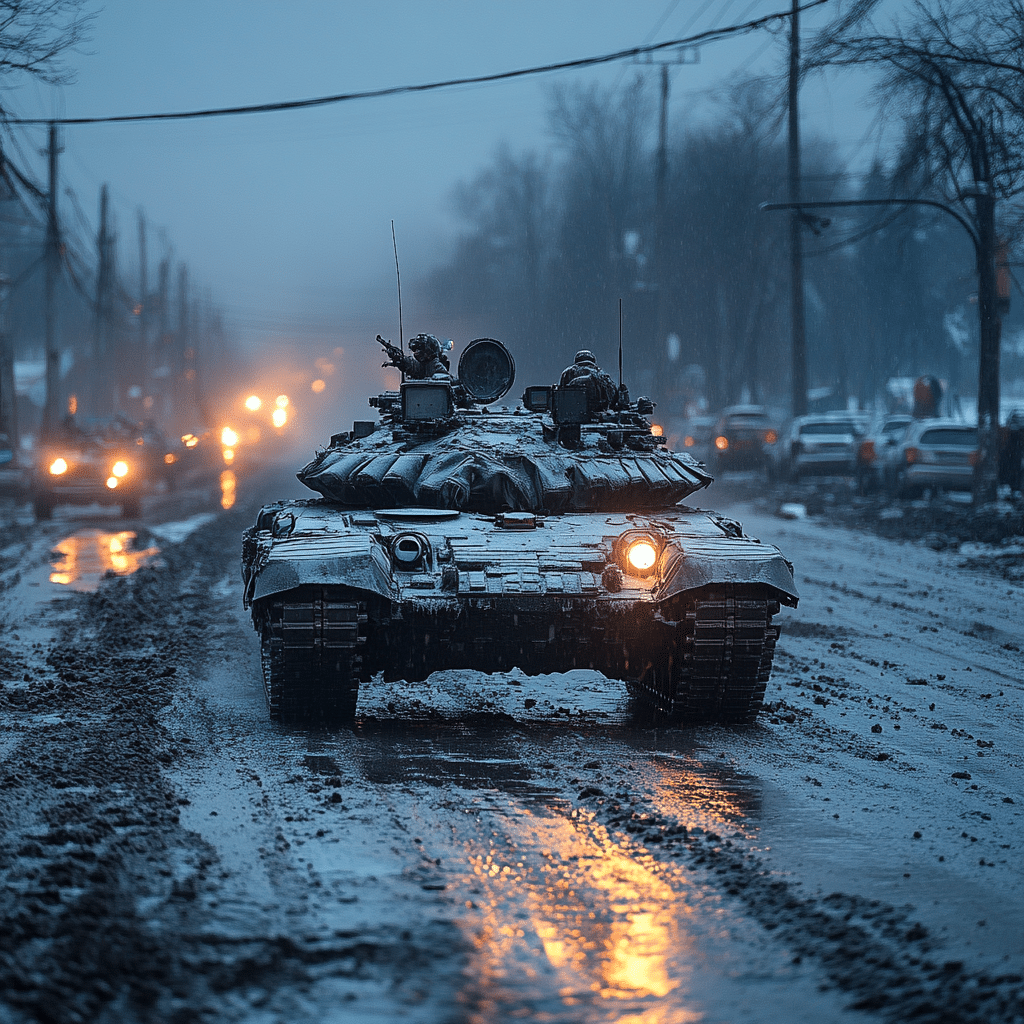
4. Cultural Impact: Israel vs. Palestine Soccer
Sport as a Reflection of Conflict
The world of sports often plays out against the backdrop of societal tensions. In both Israel and Palestine, soccer has become a battleground for national identity. Recent matches often reflect not just athletic competition but the ongoing struggles faced by both parties.
Take, for instance, the Euro 2024 qualification matches. These events, filled with both tension and passion, symbolize hope and division. They unite people while reflecting the larger war in Ukraine and ongoing tensions in the Middle East.
5. Israel War Updates and Regional Reactions
Impact of the Israel-Hamas Conflict on Global Alliances
The Israel-Hamas conflict holds sway over global alliances, influencing U.S. foreign policy and NATO’s approach to security in Eastern Europe. As tensions escalate in the Middle East, allies may reevaluate their strategies regarding Russia.
Israel’s actions and strategies will heavily inform the U.S. stance on military support for Ukraine, tying together the struggles of both nations. This duality could spell significant implications for geopolitical dynamics worldwide.
International Response to Escalating Tensions
Global reactions to escalating events in the Israel-Palestine conflict have been fervent. Some countries throw support behind Israel, while others advocate for Palestinian rights, and this divide reshapes international coalitions.
As nations react to these tensions, it’s clear that larger geopolitical shifts are at play. Though these circumstances might seem distant from the war in Ukraine, they carry rippling consequences that could influence future military strategies and alliances.
Wrapping Up the Analysis
As both the war in Ukraine and the Israel-Palestine conflict continue to evolve, recognizing the critical military imbalances sheds light on the wider geopolitical dynamics at work. Military capabilities, international alliances, and public perception are intrinsically interlinked in shaping our world.
We must remain vigilant about how these ongoing battles influence each other and the broader global narrative. The stakes are high, and the implications of our choices will undoubtedly echo into the future. The need for informed support and bold action has never been more necessary as we navigate through these uncertain times.
War in Ukraine Update: Engaging Trivia and Interesting Facts
The Current Landscape
As we analyze the war in Ukraine update, it’s critical to recognize the pivotal moments that have shaped the conflict. Did you know that Jennifer Lawrence wasn’t the only star making headlines recently? An intriguing connection is the way global issues often overshadow celebrity news, including her role in high-profile films. Similarly, in Ukraine, the unfolding events have shifted attention from usual topics to the struggle for sovereignty and territorial integrity.
The war has unveiled staggering military imbalances, with reports highlighting that some units are ill-equipped compared to their adversaries. Just as Rick Flair stands out in the wrestling world for his flashy persona and iconic stature, different nations are also showcasing their military prowess in stark contrast to each other. It’s a fascinating dynamic that reminds us of the theatricality in geopolitical maneuvers as countries grapple with their capabilities.
Human Resilience
Transitioning from military might to the human side of conflict, it’s vital to spotlight recovery And rehabilitation efforts in war-affected regions. As communities come together to heal, many find strength in shared stories. Whether it’s navigating personal loss or rebuilding homes, often, resilience shines through adversity. This spirit mirrors the stories of people recovering from addiction, highlighting how support, akin to programs focused on Recovery and Rehabilitation, can help rebuild lives in times of crisis.
Moreover, as the war unfolds, everyday life continues in surprising ways. Events reminiscent of Dale Earnhardt’s thrilling legacy—where risks are taken on the edge—spring to mind when considering the bravery of those on the ground. Their efforts evoke the same fervor that fans displayed for racing legends. Speaking of everyday experiences, just like folks look for the best old navy sale during shopping seasons, soldiers and civilians alike look for glimmers of hope amidst chaos, proving that life goes on, even in wartime.
Culture and Identity
The ripple effects of the conflict stretch beyond military engagements into culture and identity. For instance, wearing opal stone Perlman jewelry has become a popular trend, drawing attention to the beauty and resilience that people seek during tumultuous times. This fascination with personal expression in the face of uncertainty gives us insight into how art and culture can interweave with the harsh realities depicted in the war in Ukraine update.
Finally, let’s not overlook the importance of community—the way folks bond over snacks during rest stops on The New jersey turnpike speaks volumes. This sense of togetherness mirrors how communities rally around one another amidst the conflict, underlining the shared human experience that persists even during challenging times. And just as Nicole Tuck supports her family through trials, many are stepping up to aid those impacted in Ukraine, showcasing that kindness is a universal language, transcending borders.
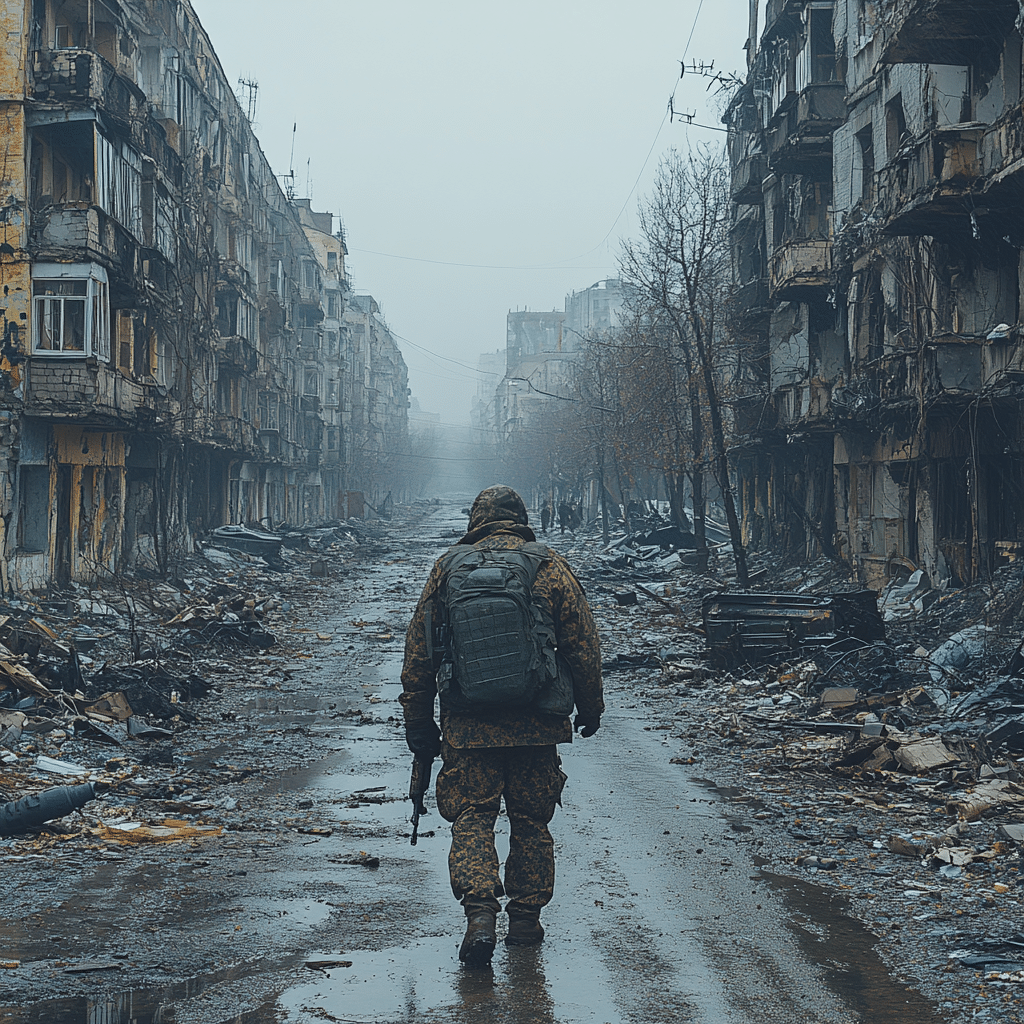
How many soldiers are in Ukraine now?
Analysts estimate that Ukraine has about one million military personnel, while Russia reportedly has around 2.4 million, but exact numbers are hard to come by since neither side publishes them.
What parts of Ukraine does Russia control?
Russia currently controls Crimea and parts of Donetsk, Kharkiv, Kherson, Luhansk, Mykolayiv, and Zaporizhzhya Oblasts, with the extent of occupied territory fluctuating over the past year.
When did Russia control Ukraine?
Russia’s control over parts of Ukraine dates back to a series of historical events, including the partitions of Poland and the conquest of the Crimean Khanate during the late 18th century.
How much army does Russia have left?
While it’s tough to pin down current numbers, estimates suggest that Russia has a significant military presence left, although Ukrainian commanders report a combatant ratio of 10 to 1 in favor of Russia.
Who has the biggest army in the world?
The largest army in the world is often considered to belong to China, with the country having the highest number of active military personnel.
How many tanks does Russia have left?
Russia reportedly has around 3,500 tanks left, though this number may fluctuate due to ongoing military operations and losses incurred during the conflict.
How much land has Russia lost to Ukraine?
The amount of land Russia has lost to Ukraine varies by reports, but the Ukrainian counteroffensive has made gains, reclaiming portions of territory previously held by Russian forces.
How many people died in the Ukraine war in 2024?
As for the death toll in the Ukraine war for 2024, estimates suggest it could be in the tens of thousands, but exact figures are difficult to verify due to the ongoing nature of the conflict.
What was Ukraine originally called?
Ukraine was originally known as “Kyivan Rus,” which was a powerful state during the early Middle Ages that laid the foundation for modern Ukraine.
Why did Russia give Crimea to Ukraine?
Russia transferred Crimea to Ukraine in 1954 as a gesture of goodwill, and at that time, both were part of the Soviet Union, making the decision more administrative than territorial in nature.
What language does Ukraine speak?
The official language of Ukraine is Ukrainian, although many people also speak Russian, particularly in the eastern regions of the country.
How many soldiers are in the USA?
The United States has around 1.4 million active-duty military personnel, making it one of the largest armed forces globally.
What is Ukraine ranked in the military in 2024?
Ukraine is ranked lower in military capability compared to bigger powers like Russia and the United States, usually falling under the top 30 in global military rankings.
How many US troops are in Poland in 2024?
As of 2024, there are about 10,000 U.S. troops stationed in Poland as part of NATO’s efforts to bolster security in Eastern Europe amidst rising tensions.
How many soldiers are in the China army?
China’s army is estimated to have around 2 million active-duty soldiers, making it one of the largest militaries in the world.

